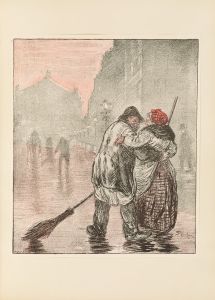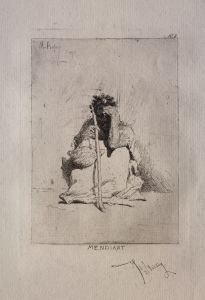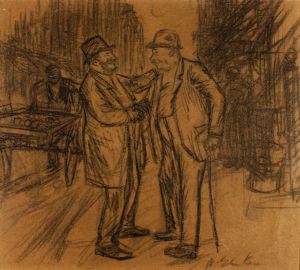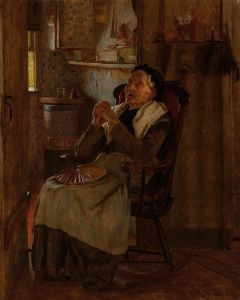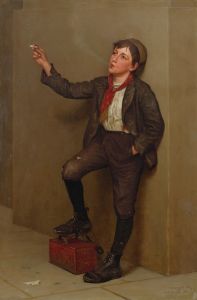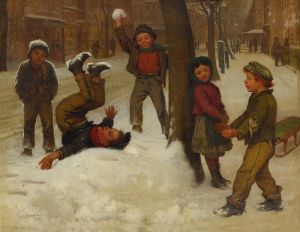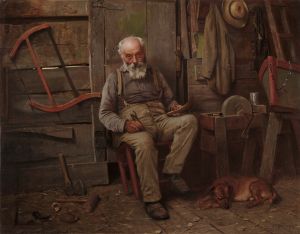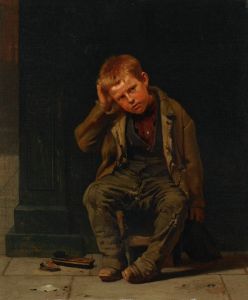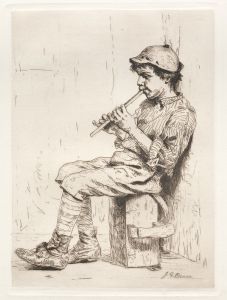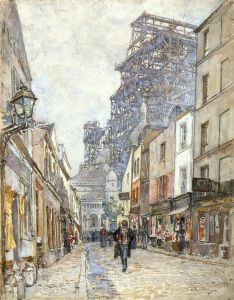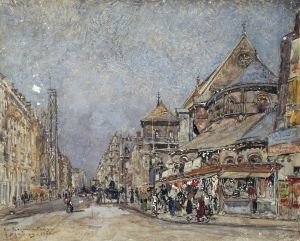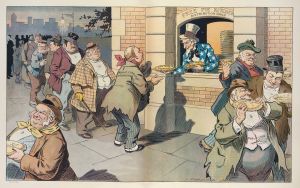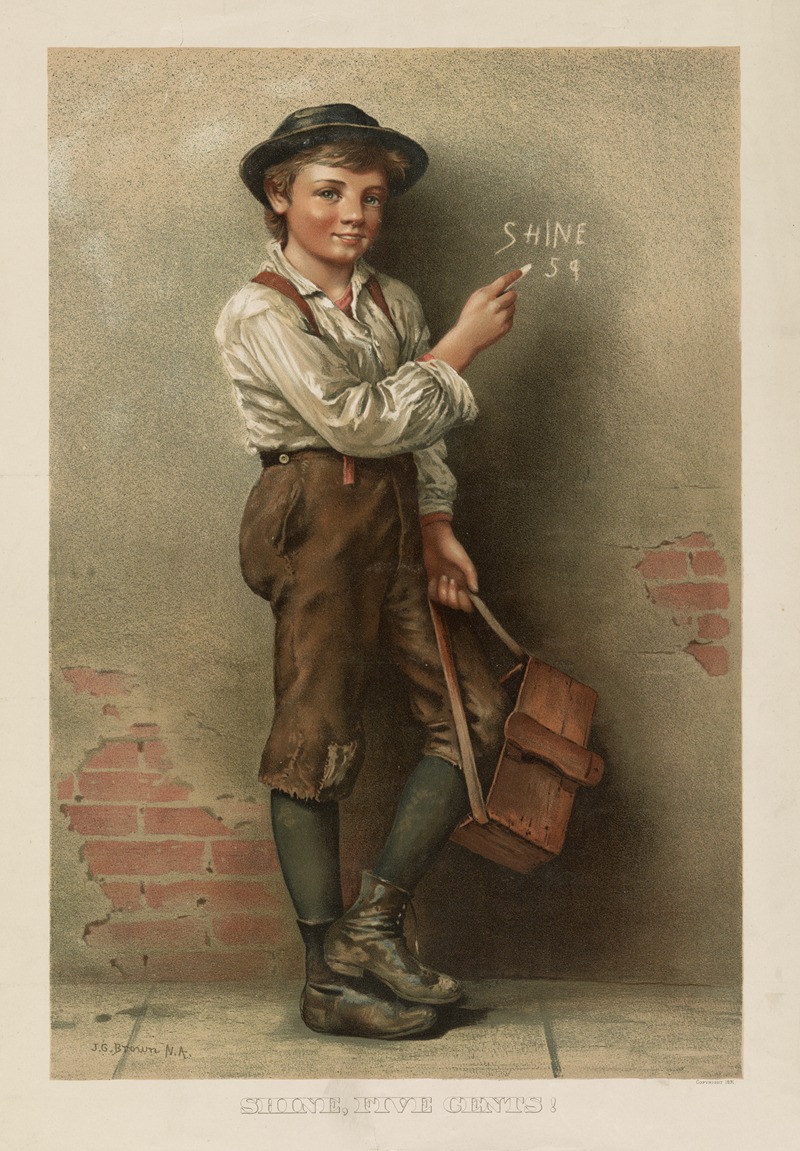
Shine, five cents!
A hand-painted replica of John George Brown’s masterpiece Shine, five cents!, meticulously crafted by professional artists to capture the true essence of the original. Each piece is created with museum-quality canvas and rare mineral pigments, carefully painted by experienced artists with delicate brushstrokes and rich, layered colors to perfectly recreate the texture of the original artwork. Unlike machine-printed reproductions, this hand-painted version brings the painting to life, infused with the artist’s emotions and skill in every stroke. Whether for personal collection or home decoration, it instantly elevates the artistic atmosphere of any space.
John George Brown was a British-born American painter renowned for his depictions of urban life, particularly his portrayals of street children in New York City during the late 19th century. One of his notable works is "Shine, five cents!", which exemplifies his focus on the everyday lives of young bootblacks, or shoe shiners, who were a common sight on the streets during this period.
"Shine, five cents!" captures a moment in the life of a young boy engaged in the humble trade of shoe shining. Brown's work is characterized by its attention to detail and its empathetic portrayal of the children, often highlighting their resilience and industriousness despite their challenging circumstances. The painting reflects Brown's broader interest in the lives of working-class children, a theme that resonated with audiences of the time and contributed to his popularity as an artist.
Brown's paintings, including "Shine, five cents!", are noted for their narrative quality and the way they capture the spirit and character of the children he depicted. His works often feature a warm palette and a keen eye for the nuances of expression and posture, which bring his subjects to life. The young bootblack in "Shine, five cents!" is portrayed with a sense of dignity and determination, offering a glimpse into the world of child labor that was prevalent in urban centers during the Industrial Revolution.
The painting is also significant for its social commentary. During the late 19th century, many children in cities like New York were forced to work to support their families, often in difficult and dangerous conditions. Brown's work draws attention to these realities, while also humanizing the children and presenting them as individuals with their own stories and aspirations. This approach was somewhat progressive for the time, as it challenged prevailing attitudes towards child labor and poverty.
John George Brown's ability to capture the essence of his subjects and the environment they inhabited made his work appealing to a wide audience. His paintings were popular among collectors and were frequently reproduced in prints, which helped to disseminate his images and the stories they told to an even broader public. Brown's work, including "Shine, five cents!", remains an important part of American art history, offering insights into the social conditions of the era and the lives of those who lived on the margins of society.
Today, "Shine, five cents!" is appreciated not only for its artistic merit but also for its historical significance. It serves as a window into a bygone era, providing contemporary viewers with an opportunity to reflect on the changes in society and the ongoing issues related to child labor and poverty. Brown's compassionate portrayal of his young subjects continues to resonate, reminding us of the enduring power of art to illuminate the human condition.





